
Play or sing rhythm using voice, instruments or body.Recognize by sound half rest and half note.
- Subject:
- Music
- Material Type:
- Formative Assessment
- Author:
- ANZHELIKA SURRATT
- Date Added:
- 07/10/2020

Play or sing rhythm using voice, instruments or body.Recognize by sound half rest and half note.
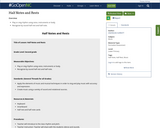
Play or sing rhythm using voice, instruments or body.Recognize by sound half rest and half note.

Play or sing rhythm using voice, instruments or body.Recognize by sound half rest and half note.

Students will be able to: listen with purpose to a musical selection; read with understanding a sample of poetry; and, discuss as a group what similarities in structure can be found in each creative sample. Through careful listening and sequencing, students will discover that each inventive listening example is congruent to the other through musical design and form.

This lesson was designed for a third grade unit on immigration and heritage. It can be adapted for other grades with an emphasis on culture in social studies. Students are encouraged to seek out information about specific traditions, culture and music from their heritage. The teacher will pick two pieces that have contrasting images. The students will listen to contrasting pieces of music and identify which one seems to connect with the student's family heritage.
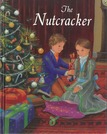
This lesson will introduce students to the History the Nutcracker Ballet by P.I. Tchaikovsky. They will learn and listen about History the Nutcracker Ballet by P.I. Tchaikovsky through the resources provided.

REMIX- Added accessibility enhancements.This lesson will introduce students to the History the Nutcracker Ballet by P.I. Tchaikovsky. They will learn and listen about History the Nutcracker Ballet by P.I. Tchaikovsky through the resources provided.

This lesson will introduce students to the History the Nutcracker Ballet by P.I. Tchaikovsky. They will learn and listen about History the Nutcracker Ballet by P.I. Tchaikovsky through the resources provided.
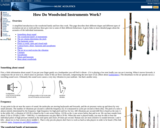
This site from the University of New South Wales is a fantastic resource for woodwind players. Visual and audio examples of woodwind acoustics are given, and give the student a scientific insight on to how their instruments produce sound, and the differences between reed and non-reed woodwinds. Recommended for advancing players.

This diagramic PDF shows the user the proper way to assemble and hold a flute for the best tone production.

In this article, readers discover that stage fright, something we most commonly associate with performance inhibitors, can be used as an asset. Dr. Noa Kageyama, performance psychologist at Juilliard, discusses a 7-point process of centering the self and turning those overwhelming nerves into assests that can maximize a performance.
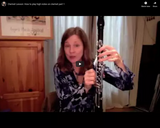
Part 1 or a 3 part video series on playing the upper notes correctly on the clarinet. This video start with "above the break" notes and addresses fingers, airstream, embouchure and good sound production.
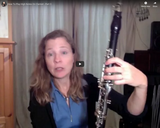
The 3rd of a 3 part series by Michelle Anderson on playing higher clarinet notes. This final video instructs on airstream and finger tricks to improve altissimo range.
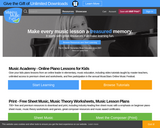
Students will learn about Johannes Brahms and his music through a fun-filled lesson on musical form. This lesson is designed to fulfill Standard #6 of the National Standards for Music Education: listening to, analyzing, and describing music.
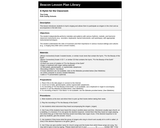
This lesson introduces students to hymn singing and allows them to participate as singers in the choir and as accompanists in the bell choir.
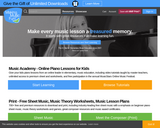
Students will learn to play a quarter/eighth note rhythm pattern on percussion instruments. This lesson is designed to fulfill Standard #2 of the National Standards for Music: Performing on instruments, alone and with others, a varied repertoire of music.
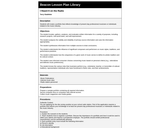
In this lesson, students will create a portfolio that reflects knowledge of present day professional musicians or individuals related to the music industry.
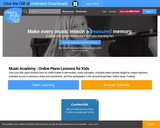
Students will understand the difference between step-wise and skipping patterns in this introductory lesson on intervals. This free lesson plan is designed to fulfill Standard #2 of the National Standards for Music Education: Performing on instruments, alone and with others, a varied repertoire of music.

Students will analyze Igor Stravinsky's Rite of Spring and connect it to creative thematic writing.

Students will use instruments and voice to improvise simple harmonic accompaniments, stylistically appropriate responses, rhythmic and melodic ostinato accompaniments, as well as, simple melodic embellishments of familiar melodies. This lesson can be used and adapted for grades K-8 with specific suggestions given.